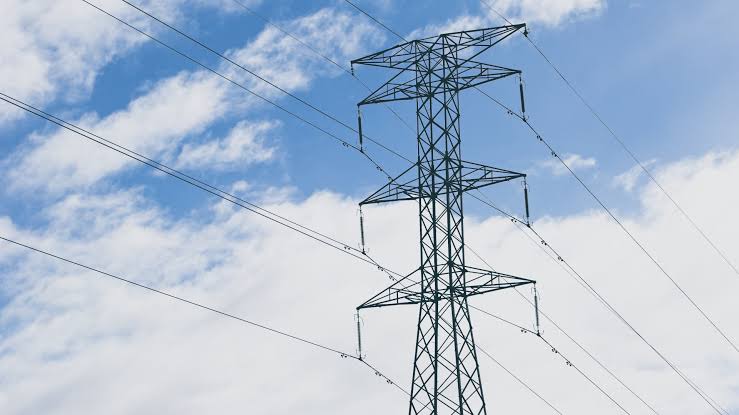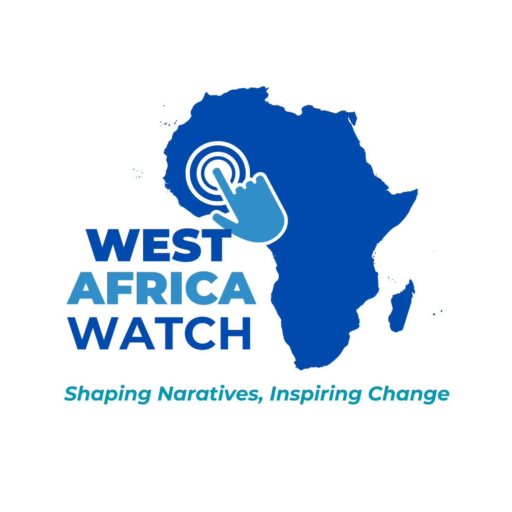The Federal Government has revealed plans to implement an annual $600 million electricity subsidy for all customers starting in 2025, as part of its ongoing efforts to reform the country’s power sector. The subsidy is expected to run until 2027, bridging the gap between cost-reflective tariffs and regulated electricity rates while the government works to close the metering deficit and strengthen the financial stability of power distribution companies.

According to the National Energy Compact document obtained by Sunday PUNCH, this initiative aligns with Nigeria’s broader electrification goals and clean energy transition strategies. Nigeria, along with Côte d’Ivoire, Zambia, and nine other African nations, presented its energy compact during a summit in Tanzania focused on innovative energy solutions.
The subsidy is a temporary measure designed to maintain affordability for consumers while the government gradually transitions to full cost-reflective tariffs. The document suggests that the subsidy could take various forms, such as a flat monthly subsidy for each consumer or a subsidy on the first 50 kilowatt-hours consumed monthly. This approach aims to address the inequality in previous subsidy models, which disproportionately benefited wealthier households.
By 2027, the government plans to introduce a social tariff to safeguard low-income and vulnerable consumers once the full cost-reflective tariff framework is established.
The document outlines that the subsidy will be part of the government’s gradual move toward full cost-reflectivity, including a $600 million annual subsidy from 2025 to 2027, while closing the metering gap. The subsidy may be uniform across customers or apply to the first 50 kWh used each month.
A central focus of the reform is closing Nigeria’s metering gap, which currently affects about seven million unmetered customers. The government plans to install 1.5 million smart meters in 2025, 4 million in 2026, and 1.5 million in 2027. This effort aims to reduce sector losses, improve revenue collection, and ensure that tariffs match actual consumption, ultimately decreasing the need for subsidies in the future.
The electricity sector has faced financial challenges due to high technical and commercial losses, low tariff recovery, and liquidity issues. Despite initiatives under the Power Sector Recovery Programme, tariff shortfalls reached N650 billion in 2023 and are expected to surpass N2.2 trillion in 2024. The subsidy will offer short-term relief while ensuring that distribution companies can meet financial obligations to power generation companies and the Transmission Company of Nigeria.
